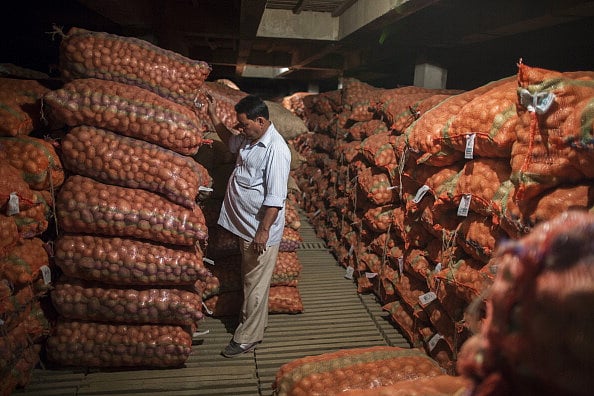
All You Wanted To Know About The National Market For Agriculture
Farmers in India have always found it difficult to reach markets. Each state has multiple, government-regulated mandis which serve as intermediaries between farmers and markets.
Farmers are forced to sell their produce within these designated market yards or mandis. They may not sell to a buyer outside designated market regions even within a particular state. Because of fragmented markets there is no visibility on pricing of products and demand, for the farmers.
The existing system is difficult for genuine traders too. Today, they are forced to procure seperate licenses for each market they want to operate in.
The unified national market for agriculture is intended to solve some of these problems. Here’s how it will work.
a. The online portal will directly connect the buyer and the seller within a state.
b. A farmer can access the latest prices and bids - he will now know what the demand for his produce within a state is.
c. Makes life a little easy for traders. They don’t have to procure separate licenses for each market. A single license to access all markets in the state will be enough. But there will be some issues that need to be address with the online national agriculture market.
For example: since most of the farmers are small producers they may not have enough quantities to excite buyers. Aggregation becomes necessary.
Two, currently, there are no set-standards for many of the agricultural produces to measure quality of the produce. Buyers and sellers will have difficulties agreeing on the quality of the produce.
Three, it is still unclear as to how the logistics of transporting the goods to the buyer will work. But these are all problems that exist with the current system too.
The government intends on setting up the required infrastructure across many markets and ironing out glitches in the coming years.
If the e-NAM matures over the coming years, it will count as the biggest reform for the benefit of rural population. It has the potential to be the biggest driver for investment in rural India.
Lets hope it gets there!